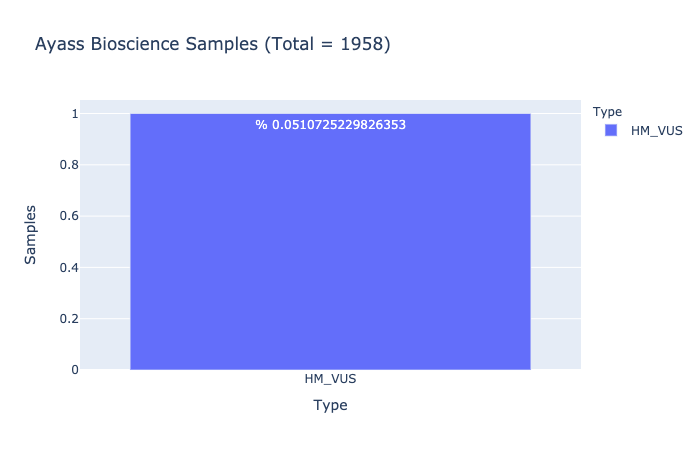
Potassium channels represent the most complex class of voltage-gated ino channels from both functional and structural standpoints. Their diverse functions include regulating neurotransmitter release, heart rate, insulin secretion, neuronal excitability, epithelial electrolyte transport, smooth muscle contraction, and cell volume. Four sequence-related potassium channel genes – shaker, shaw, shab, and shal – have been identified in Drosophila, and each has been shown to have human homolog(s). This gene encodes a member of the potassium channel, voltage-gated, shaker-related subfamily. This member contains six membrane-spanning domains with a shaker-type repeat in the fourth segment. It belongs to the delayed rectifier class, the function of which could restore the resting membrane potential of beta cells after depolarization and thereby contribute to the regulation of insulin secretion. This gene is intronless, and the gene is clustered with genes KCNA1 and KCNA6 on chromosome 12. Defects in this gene are a cause of familial atrial fibrillation type 7 (ATFB7). [provided by RefSeq, May 2012]
- Response to hypoxia
- Ion transport
- Potassium ion transport
- Notch signaling pathway
- Response to mechanical stimulus
- Atrial fibrillation, familial, 7
- Familial atrial fibrillation
- Atrial fibrillation
- Insulinoma
- Pulmonary hypertension
- General Arrhythmia
- Familial Atrial Fibrillation
Based on Ayass Bioscience, LLC Data Analysis
KCNA5 Localizations – Subcellular Localization Database
Gene Location

HM-VUS Prevalence
% 0.0510725229826353
Ratio of samples with at least 1 High/Med VUS variant (Computed from Ayass Bioscience Samples)

High/Med VUS Variants
A=0.001313(330/251342,GnomAD_exome)
A=0.004269(536/125568,TOPMED)
A=0.001509(183/121250,ExAC)
A=0.00398(125/31386,GnomAD)
A=0.00531(69/13006,GO-ESP)
A=0.00072(8/11176,ALFAProject)
A=0.0038(19/5008,1000G)
A=0.005(1/216,Qatari)

